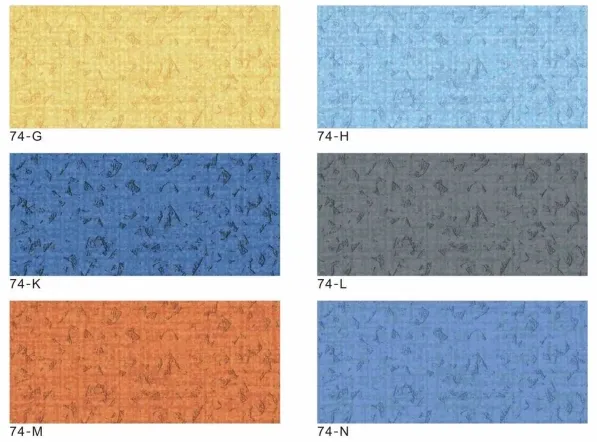how to clean a commercial kitchen floor
How to Clean a Commercial Kitchen Floor A Comprehensive Guide
Cleaning a commercial kitchen floor is an essential yet often overlooked task. Given the high foot traffic and the potential for spills and stains, maintaining a clean kitchen floor is crucial not only for hygiene but also for safety. Here’s a step-by-step guide on how to effectively clean a commercial kitchen floor.
1. Gather the Necessary Tools and Supplies
Before you start, ensure you have all the tools and cleaning supplies you need. This includes
- Broom and dustpan - Mop and bucket - Floor scrubber (if available) - Commercial-grade floor cleaner (degreaser) - Hot water - Personal protective equipment (gloves, mask, and goggles) - Wet floor signs to ensure safety during cleaning
2. Clear the Area
Begin by removing any movable items from the floor, such as mats, furniture, and kitchen equipment. This not only makes it easier to clean but also allows you to address any grime or dirt underneath. Be sure to use appropriate lifting techniques to avoid injury.
3. Sweep the Floor
Using a broom and dustpan, sweep the entire area thoroughly. Pay special attention to the corners and edges, where dirt and debris often accumulate. Make sure to collect all food scraps, dust, and other waste. Disposable dusters or vacuums can also be useful for picking up fine particles.
4. Spot Clean Stains and Spills
Before mopping, take the time to address any specific stains or spills. Use a commercial-grade degreaser or an appropriate cleaning solution to treat these areas. Apply the cleaner directly to the stained surface and allow it to sit for a few minutes to break down the grime before scrubbing with a brush or cloth.
how to clean a commercial kitchen floor

5. Mop the Floor
Once the area has been swept and spot cleaned, it’s time to mop. Fill a bucket with hot water and add the recommended amount of commercial floor cleaner. Dip the mop into the solution, wring it out to avoid excess water on the floor, and start mopping from one end of the kitchen to the other. Work systematically to ensure no area is missed, and rinse the mop frequently to avoid spreading dirt.
If you have access to a floor scrubber, this can be an excellent alternative to manual mopping, providing a deeper clean and better results.
6. Rinse the Floor (if necessary)
Depending on the type of cleaner you used, a rinse might be necessary. If your cleaning solution leaves a residue or if you used a heavy-duty degreaser, it’s essential to go over the floor with clean water using a mop. This step will ensure no slippery substances are left behind, which can pose safety risks.
7. Allow the Floor to Dry
After mopping and rinsing, allow the floor to air dry. It is advisable to keep the area well-ventilated and place wet floor signs to alert kitchen staff of the slippery surface. This will prevent accidents and ensure that your staff works safely.
8. Replace Items and Perform Regular Maintenance
Once the floor is dry, replace any items you removed at the beginning of the process. To maintain cleanliness, implement a regular cleaning schedule. Daily sweeping and mopping, along with periodic deep cleans, will keep your commercial kitchen floor in excellent condition and uphold health regulations.
Conclusion
Cleaning a commercial kitchen floor is not just about aesthetics; it’s vital for maintaining a hygienic environment and ensuring the safety of staff and customers. By following these steps and committing to regular cleaning practices, you can keep your kitchen floor spotless and compliant with health standards. Remember that a clean kitchen is a productive kitchen!
-
The Evolution of Luxury Flooring Guangzhou Enlio's JourneyAug.05,2025
-
Innovative Commercial Flooring Solutions from Guangzhou Enlio SportsAug.05,2025
-
Premium Interior Solutions with Quality Skirting OptionsAug.05,2025
-
Masking Tape The Essential Tool for Professional ApplicationsAug.05,2025
-
SPC Vinyl FlooringJul.18,2025
-
Home SPC FlooringJul.18,2025




